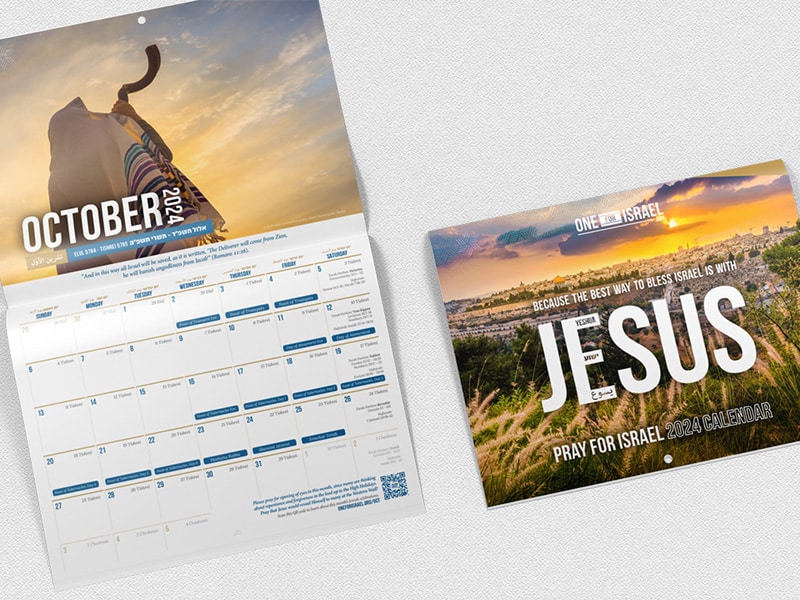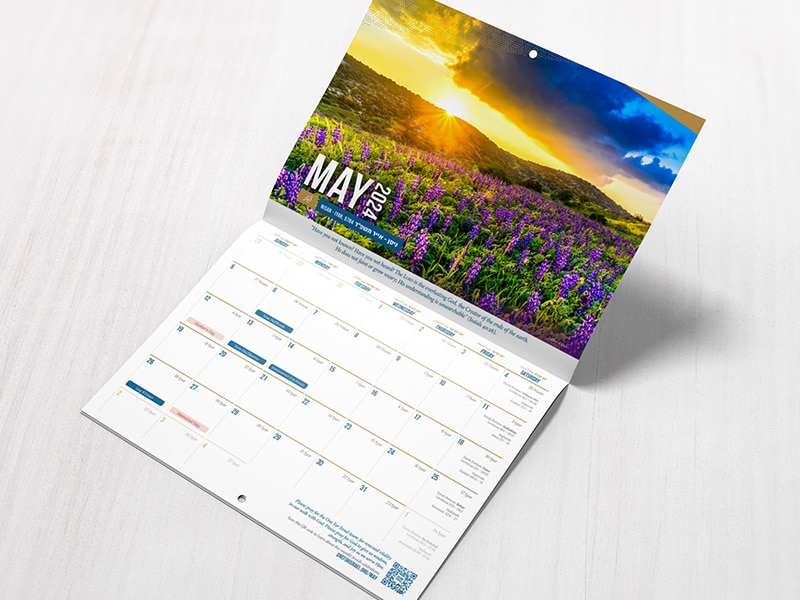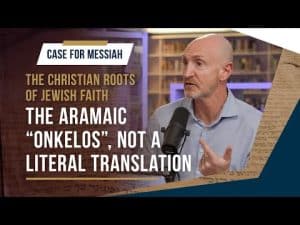Historians have discovered evidence of communities in ancient Israel that believed the Messiah would suffer and die—and crucially, that he would rise again on the third day… and that they had come to these conclusions by reading the Bible, even before the time of Jesus.1
There are several passages in the Hebrew Scriptures predicting the suffering and death of the promised Messiah, but there is not so much that is obviously speaking about His resurrection. However, as we shall see, there was enough evidence that this was exactly what God had in mind for people to believe that the Messiah would come back to life on the third day—before it even happened.
Archaeological breakthrough
This development has been informed by the recently discovered “Gabriel Stone”2 The tablet is thought to be from the first century BC, and deals with themes of apocalypse and end times prophecy, based on Daniel, Haggai and Zechariah. The 87 lines of text, divided into two columns, are not always easy to read, and some of the words are impossible to make out. However, more experts have in recent years devoted time and attention to unravelling the mystery and discovering not only what is written on the stone, but also what it meant.
Two of the key experts involved are Ada Yardeni, an Israeli scholar and world authority on ancient Semitic languages, and another textual scholar called Israel Knohl from Hebrew University. Both agree that the text talks about the idea of a Messiah figure coming back to life. Yardeni writes,
“After reviewing the document, I came to the conclusion that the reading suggested by Professor Knohl for the third word of line 80—HAYE “live”—seems to be the only plausible reading of that word.
Thus, the first five words of this line should be translated as: “In three days live.”
This is an extraordinary discovery, because it confirms that this idea of resurrection on the third day existed in Jewish thinking way back, even before Jesus was born.3
Indeed, we can see that Jonah’s experience in the belly of the whale and Esther’s three-day fast in the face of annihilation give us two “types” of this death and resurrection theme within the three day period, but this tablet shows us that these thoughts in connection with the Messiah; the “Prince of Princes”.
The third day
The concept of the “third day” is an interesting theme in Scripture which crops up several times—Abraham sees the place where he is to sacrifice Isaac on the third day, Joseph releases his brothers on the third day, the Law is given at Mount Sinai on the third day, to give a few examples. Another great passage containing this idea is in Hosea 6:1 where it says,
“Come, let us return to the Lord; for he has torn us, that he may heal us; he has struck us down, and he will bind us up. After two days he will revive us; on the third day he will raise us up, that we may live before him.”
It is certainly possible to see how the Jewish rebels were able to find the idea that the Messiah would rise from the dead on the third day when they combed through the Scriptures hunting for clues and hope.
Apart from the principle of the “third day”, there are also several passages that point towards the resurrection of the dead (Job 19:25, Ezekiel 37, Isaiah 26:19, Daniel 12:2-3) and specifically the resurrection of the Messiah (Psalm 16:10, Isaiah 53:10) but it’s also interesting to note that in the New Testament, the “third day” is reserved only to speak of the resurrection of Yeshua, the Messiah. He is the fulfillment of this Messianic hope.
We can see from Acts 17:2-3 that Paul was more than able to show from the Jewish Scriptures alone that the Messiah had to die and rise again after three days:
“As was his custom, Paul went to the Jewish people; and for three Shabbatot, he debated the Scriptures with them. He opened them and gave evidence that Messiah had to suffer and rise from the dead, saying, “This Yeshua, whom I declare to you, is the Messiah.””
Paul tells us in 1 Corinthians 15 that is a fact that, “the Messiah has been raised from the dead – the firstfruits of those who have fallen asleep”, as was written in the Jewish Scriptures many years before it happened:
“I also passed on to you first of all what I also received—that Messiah died for our sins according to the Scriptures, that He was buried, that He was raised on the third day according to the Scriptures, and that He appeared to Kefa, then to the Twelve. Then He appeared to over five hundred brothers and sisters at one time—most of them are still alive, though some have died.Then He appeared to Jacob, then to all the emissaries, and last of all, as to one untimely born, He also appeared to me.”
The One who is the Beginning and the End, the Alpha and the Omega, the holder of the keys of Death and Hades, had this all planned long ago. He has conquered death itself. Because he lives, we can know that he has beaten death on behalf all of us—for all who trust in him.
[1] After Herod’s death in 4 BCE, there was a huge uprising of the Jewish people against the occupying Roman forces. Three different Jewish heroes arose, but a Roman army came down from Syria and brought an end to the rebellion that was breaking out. The people had hoped for freedom and independence, but instead were crushed and devastated, and their cities were destroyed and burnt. One of these Jewish leaders was a man called Simon, whose supporters held him to be a Messianic figure. He had wanted to redeem his people, but was killed. It is around this time that the “theology of catastrophic messianism” was developed, in which the humiliation, suffering and death of the Messiah was essential part of redemption. Included in this interpretation of the Hebrew Scriptures was the idea that the Messiah would come back to life after three days.
– Pinchas Lapide, The Resurrection of Jesus – A Jewish Perspective, Wipf & Stock, 2002, pp.51, 91-92
[2] The Gabriel stone is an apocalyptic text engraved on a stone tablet, which has come to be known as “Gabriel’s Vision” or “Gabriel’s Revelation” because it is written in the first person in the name of Gabriel, the archangel who announces the Messiah. NY Times, July 6, 2008 “Ancient Tablet Ignites Debate on Messiah and Resurrection” Ethan Bronner
[3] Israel Knohl: Messiahs and Resurrection in the Gabriel Revelation














